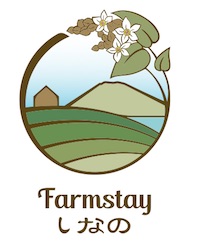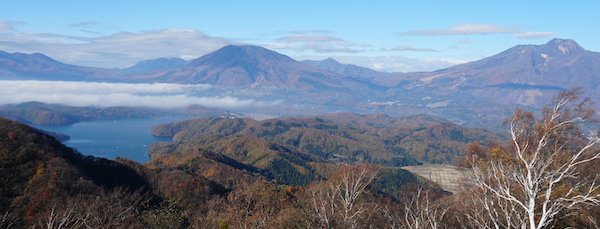Japanese Native Blueberry(308)
Because the shape of the fruit resembles the lid of Bunbuku tea pot, we refer to the Japanese blueberry Natsuhaze as " Bunbuku" in Shinano town.
Natsuhaze is growing naturally from the ancient times to mountains around the country of 600 meters above sea level, but it has been around 30 years since the beginning of full-scale cultivation as a gardening tree.
Sato Natsuhaze Farm is a part of the local agricultural product processing business by agricultural corporation "Shinshu Kurohime Kogen Family Farm" and transplanted 400 seedlings from the mountain 30 years ago. And now it has grown to mature trees exceeding 2 m and we can harvest about 1 kg of fruit from one tree.
In Shinshu, Shinano town, Aoki village, Karuizawa town are the production areas of Natsuhaze, the highest yield area is Shinano town. In the harvest amount per farmer, Sato Natsuhaze Farm is the top class in Japan. Incidentally,Shinshu is No. 1 in Japan in production volume of blueberries belonging to the same azalea family as Natsuhaze, the place of origin of blueberry production in the prefecture is here Shinano town and maybe origin of blueberry in the country.
In this experience menu, we will harvest the fruit of Bunbuku on the first day. On the next day, we will make jams, juices, fruit liquors etc using the harvested fruit.
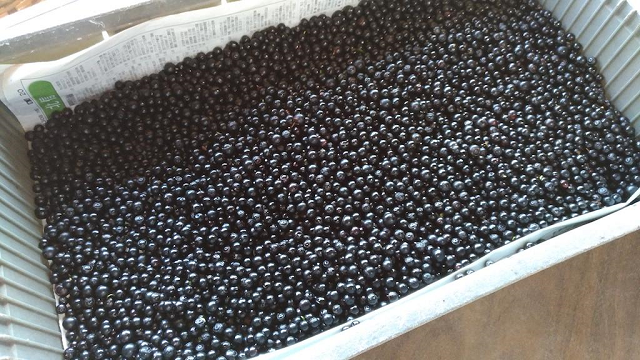
Bunbuku harvest several grains of a bunch together with hands.
Blueberries are harvested carefully so as not to be crushed by grasping one by one with fingers, but since Bunbuku are rigid, they sting beads at once.
The size of one grain is smaller than that of blueberries and grapes. It gets exposed to sunlight until autumn , nutrition penetrates into the skin of the fruit and the core of the fruit becomes a purple color packed with polyphenols.
The grain we picked is placed in the "bow" wrapped around the waist, 2 kg in a small cup and 4 kg in a medium sized cup.
In a couple of months it becomes a bright red-colored "Bunbuku sake."
Coolly speaking it is "Natsuhaze liqueur".
Pour Natuhaze and ice sugar into the white liquor and bottle it, then enjoy the color change everyday at your home.
The color changes in one week, it will be around drinking from one month to two months.
It can also be said to be "Natsuhaze wine" that you can easily do by yourself. This is legal as it uses commercially available liquor.
This liqueur is a rare dish that can be proud of "experts" as well.
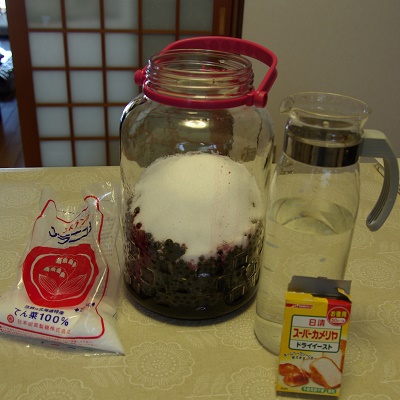
Do not heat, do not squeeze, and use the young fruit Natsuhaze as it is taken as a natural juice with yeast.
Materials are natsuhaze, granulated sugar, yeast, water.
In the example of a photograph, it is 2 pounds of Natsuhaze + 2 liters of water + granulated sugar + a little yeast.
Yeast and yeast on Natsuhaze ferment natsuhaze and make it sweet juice.
In a few days when the fermentation does not proceed much, filter the fruit on the net and take it out and transfer the juice to another bottle.
Since the sediment (squid) sinks under the container in a few days, just transfer the supernatant to a small juice bottle and it is finished.
Since the taste of Natsuhazu remains in the fruit which it has filtered on the net, it can be used for jams and yeast for bread.
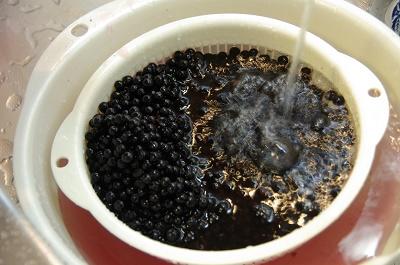
We will make a "real" jam that does not add anything else just with Natsuhaze and sugar.
Skin is harder than blueberry, so it is a trick to boil a little first.
Depending on your preference, it will be delicious even if you add lemon, blueberry wine or precious 'Natsuhaze wine'.
From 2 Kg fruit, about 10 jam-packed jams are completed.
